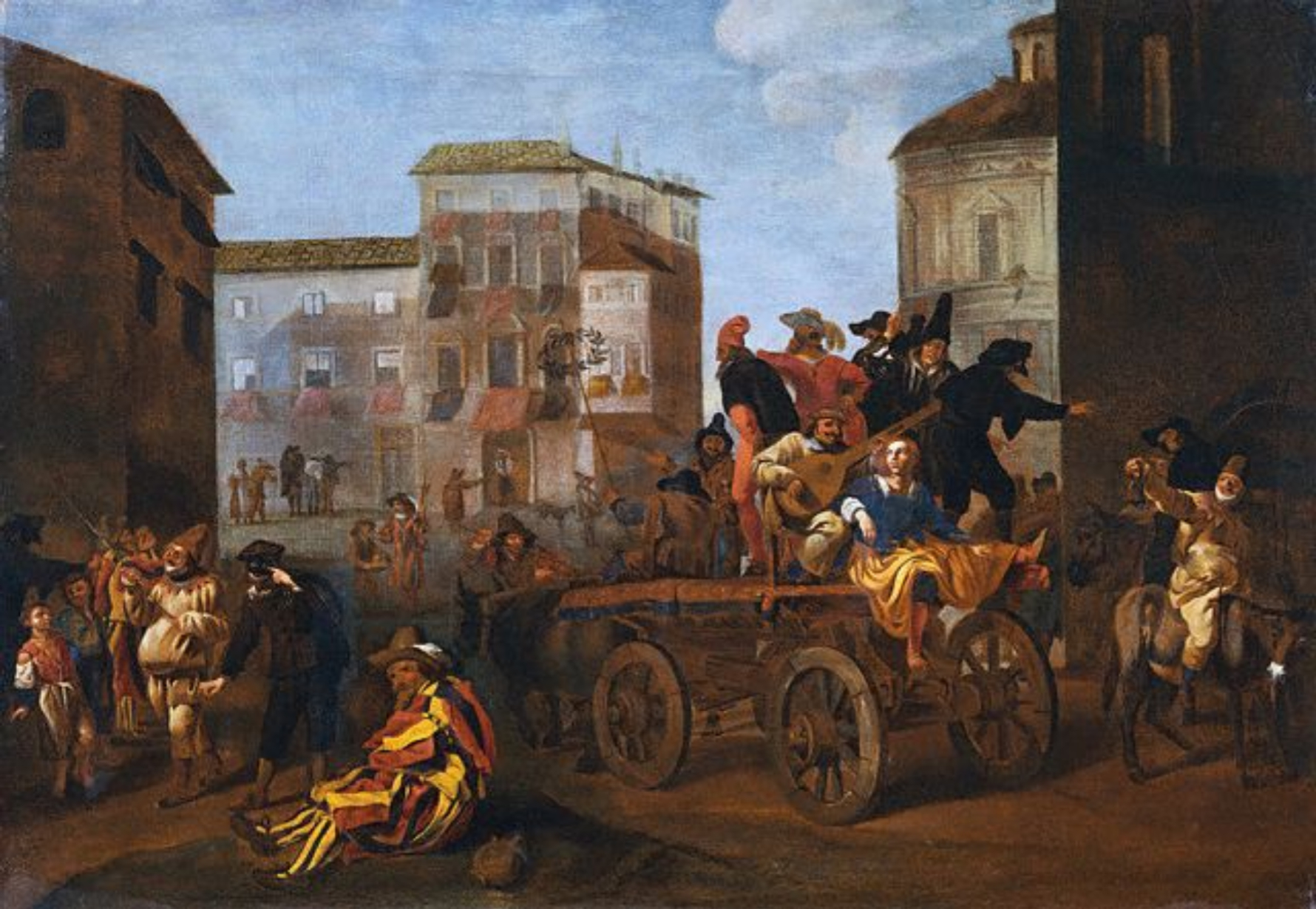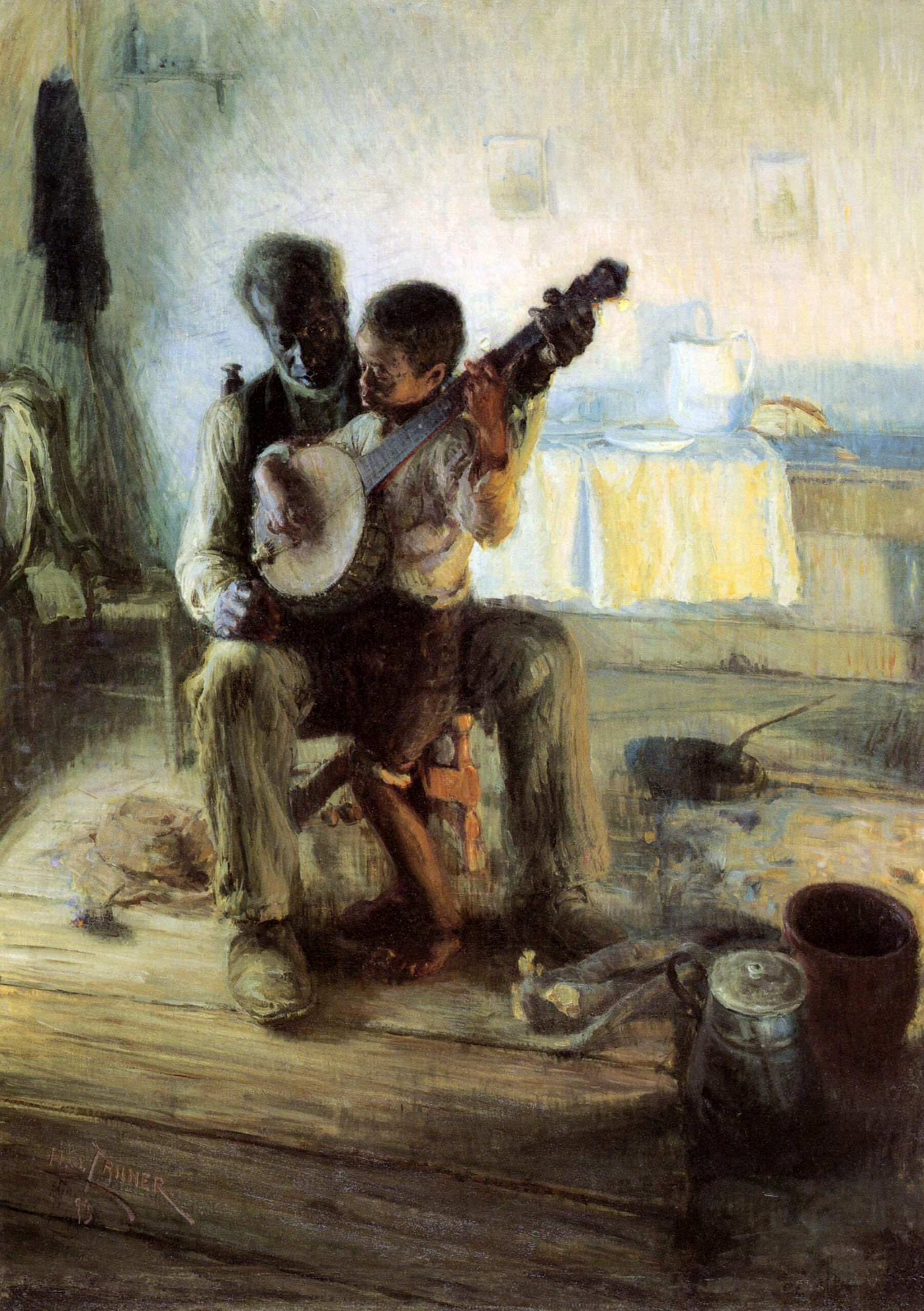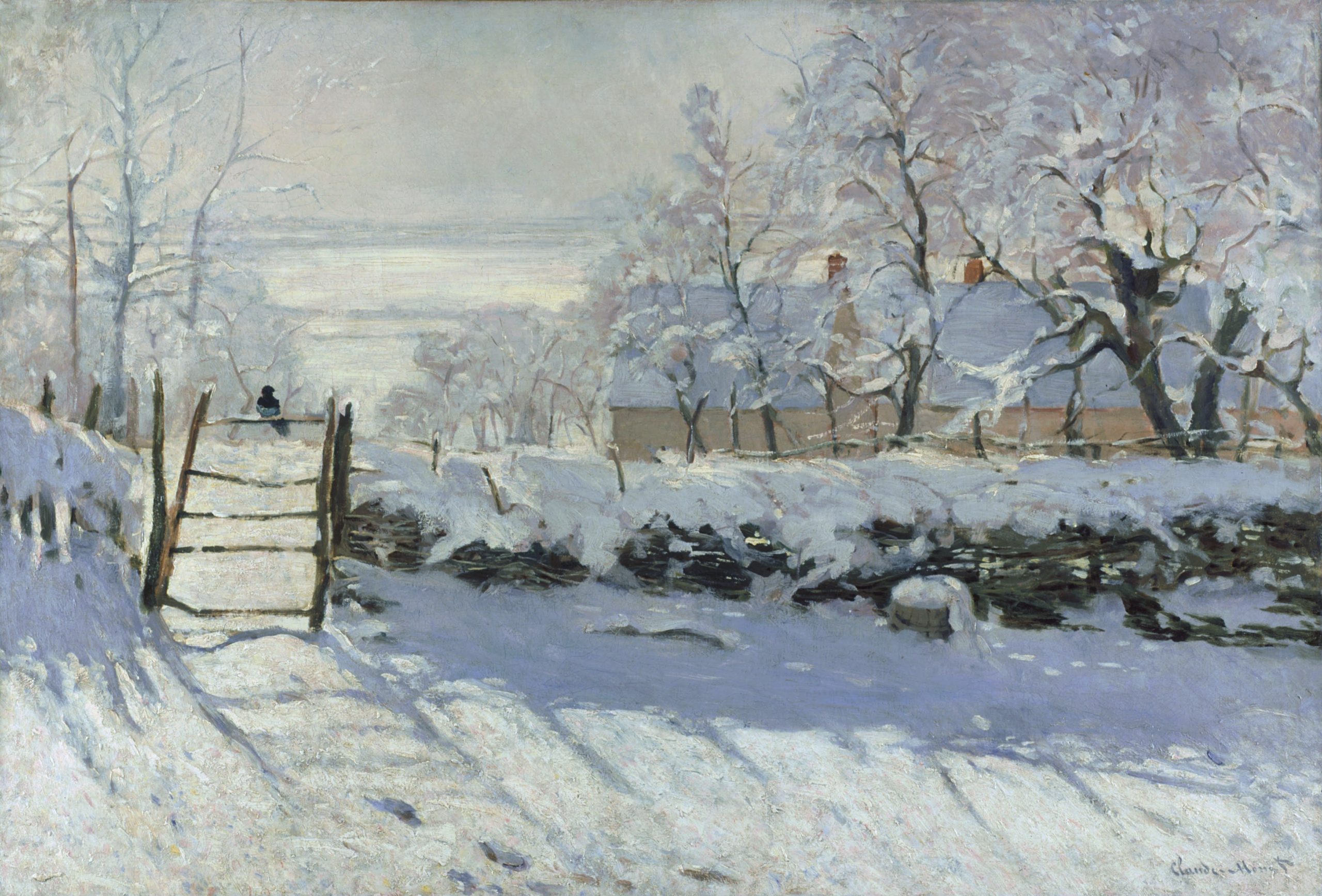Archives
- Home
- Event Page 65

Ædificare
— Mrs. H (@teachmrshold) February 21, 2025
We follow the construction spend rate of the US education industry; using the US Census Bureau Construction Spending figures released the first day of every month.
We encourage our colleagues in the education facilities industry to respond to Census Bureau-retained data gathering contractors in order to contribute to the accuracy of the report.
Sogno Toscano at 17 Perry St, in the West village. New York City pic.twitter.com/g2Ij83imBH
— NewYorkCityKopp (@newyorkcitykopp) July 29, 2024
St. David’s Day
Happy St David’s Day! 🏴What a great Welsh week we’ve had! Tasting Welsh foods inc laverbread! (Mixed reviews!😝🤢🤣) and making Welsh rarebit 🧀🍞#learningthroughexperiences #dygpllc #dygpsci&tech pic.twitter.com/ZWRABR49an
— Danygraig School (@DanygraigP) March 1, 2024
🏴 Dydd Gŵyl Dewi Hapus!
Happy St David’s Day! 🏴 pic.twitter.com/DgljioWjiy— Swansea University (@SwanseaUni) March 1, 2024
⚠️The way you access our libraries (Bute, Science, Health, Trevithick) outside of core hours has changed @cardiffstudents @cardiffuni ⚠️
You will need to have your ID card updated with us. All the details: https://t.co/6Yp5xLiZZJ pic.twitter.com/P7hZEJwDuV
— Cardiff University Libraries (@cardiffunilib) February 28, 2024
Lively 200
This is a simply delightful sketch animation of a ballet dancer. I was trying to get some different effects and style effects than usual.
(Prompt in following tweets.)
#Veo2 pic.twitter.com/fyznNWl3Mt— Jason Baldridge (@jasonbaldridge) January 17, 2025
A walk through the status of best practice literature that sets the standard of care for safety and sustainability in the education facilities built for the performance arts.
Readings: The Seven Lively Arts (1924) Glibert Seldes (Oxford Academic review)
⛅️ End of the first week of summer term – lovely to have our students back in studio! ⛅️
Here’s 2nd Year student, Yasemin, performing Nela by alumnus Will Tuckett – enjoy! pic.twitter.com/vwCbPZ2wma
— Royal Ballet School (@RoyalBalletSch) April 28, 2023
United States Consumer Sentiment
The University of Michigan Consumer Sentiment Index (MCSI) is released twice a month:
- Preliminary Report – Released mid-month (usually the second Friday of the month).
- Final Report – Released at the end of the month (usually the fourth Friday of the month).
Both reports are published at 10:00 AM Eastern Time (ET).
Consumer sentiment down amid disagreements on new government policies
Consumer sentiment fell for the first time in six months, edging down 4% from December.
While assessments of personal finances inched up for the fifth consecutive month, both the short- and long-run business… pic.twitter.com/r2mPTc5XiO
— Michigan News (@UMichiganNews) January 24, 2025
Du Froid
Sixteen Dogs Cozying Up Next to the Fireplace
Status check on the catalog of best practice titles covering the management of education community snow and ice management during the coldest months in the Northern Hemisphere.
Ilisimatusarfik | University of Greenlandhttps://t.co/7bqLFzinAMhttps://t.co/WuWVtTcahB
“Off the Greenland Coast under the Midnight Sun” 1873 |William J Bradfordhttps://t.co/3OsdWPoAdJ
A payment of $1 million to all Greenland citizens is less than $70B GDP of Alaska pic.twitter.com/JRahSNeOrF— Standards Michigan (@StandardsMich) February 27, 2025
New update alert! The 2022 update to the Trademark Assignment Dataset is now available online. Find 1.29 million trademark assignments, involving 2.28 million unique trademark properties issued by the USPTO between March 1952 and January 2023: https://t.co/njrDAbSpwB pic.twitter.com/GkAXrHoQ9T
— USPTO (@uspto) July 13, 2023
Standards Michigan Group, LLC
2723 South State Street | Suite 150
Ann Arbor, MI 48104 USA
888-746-3670

















